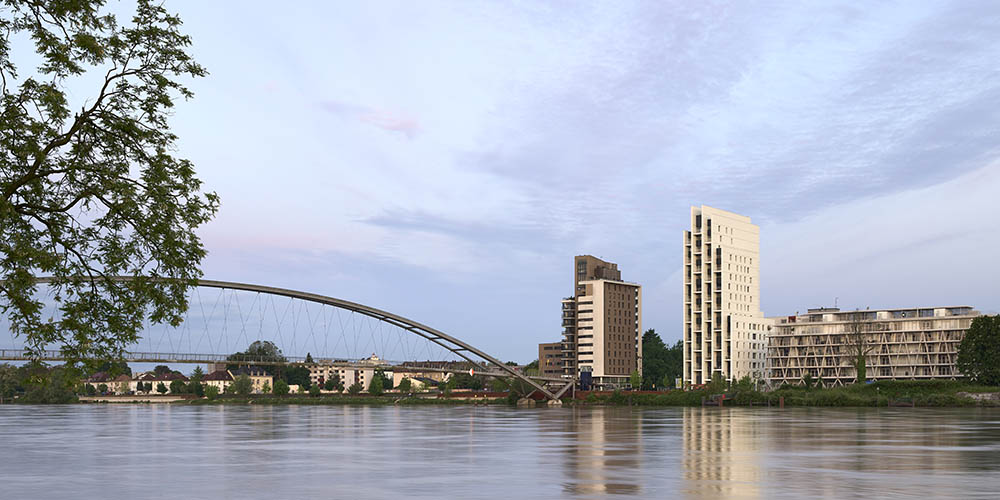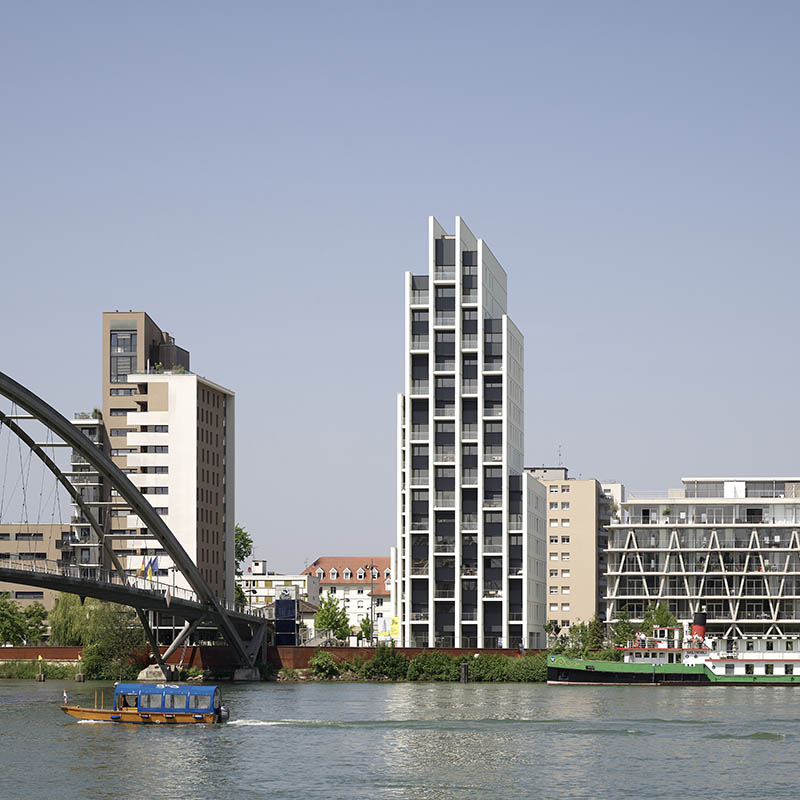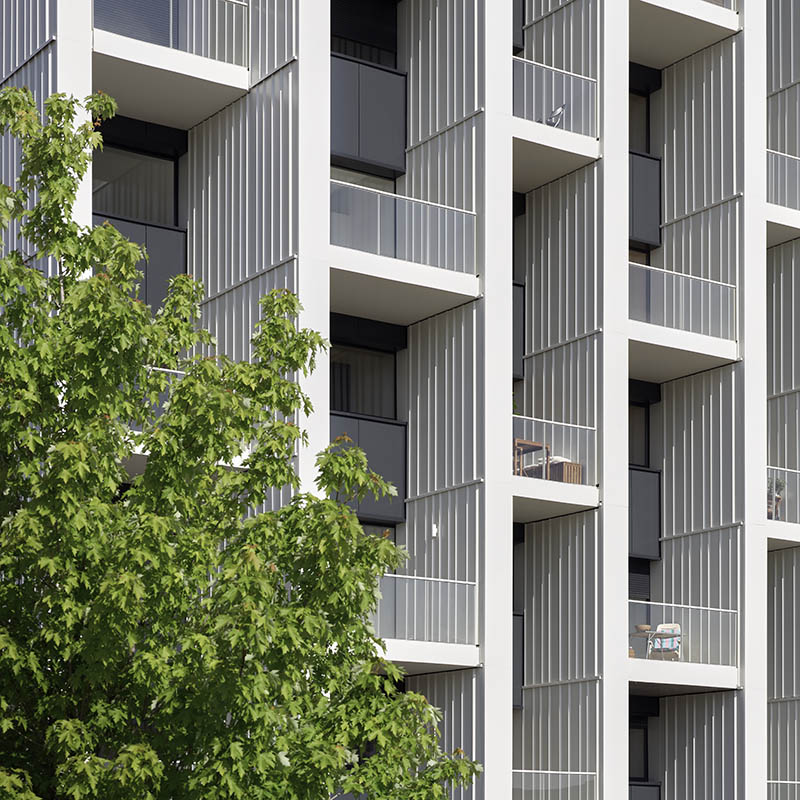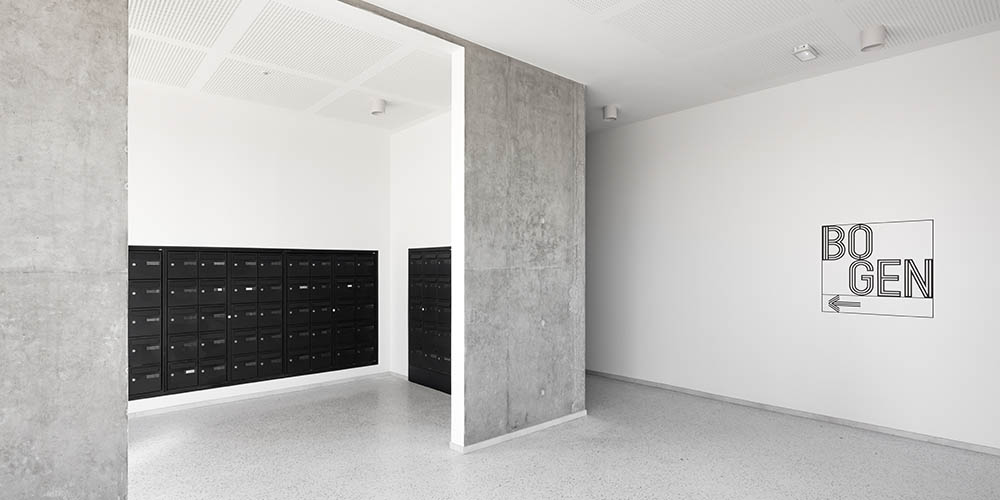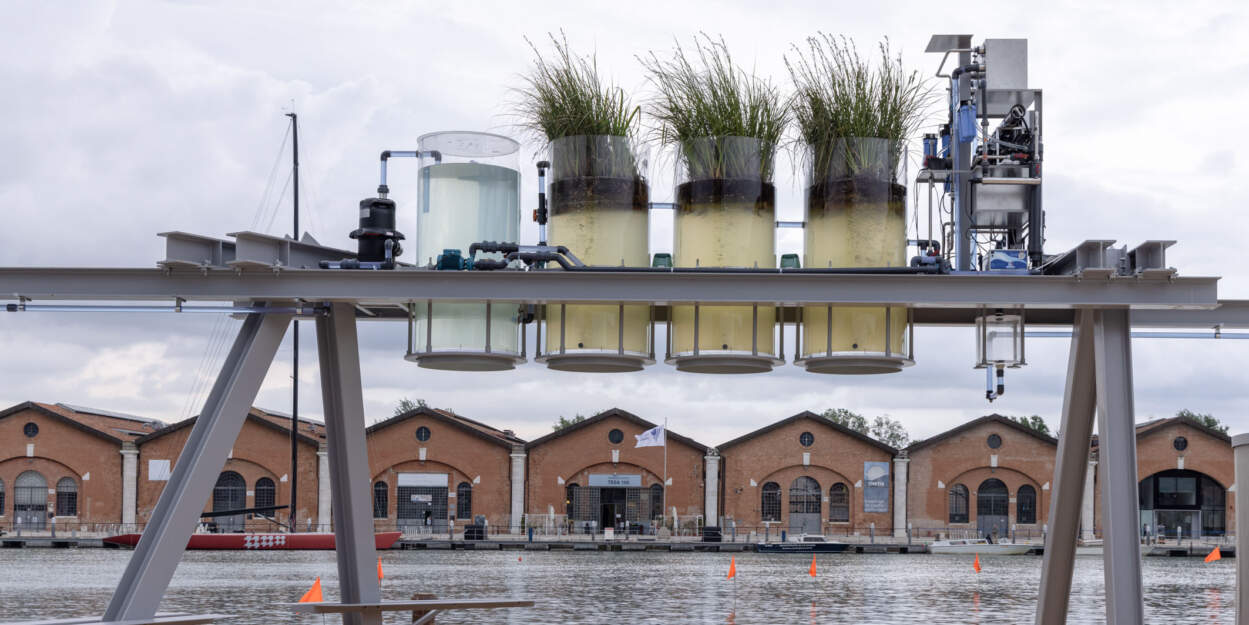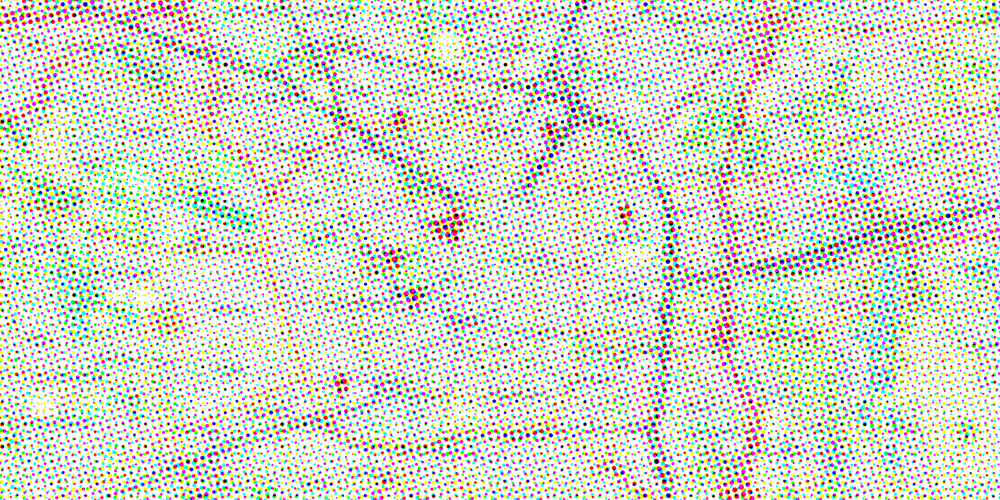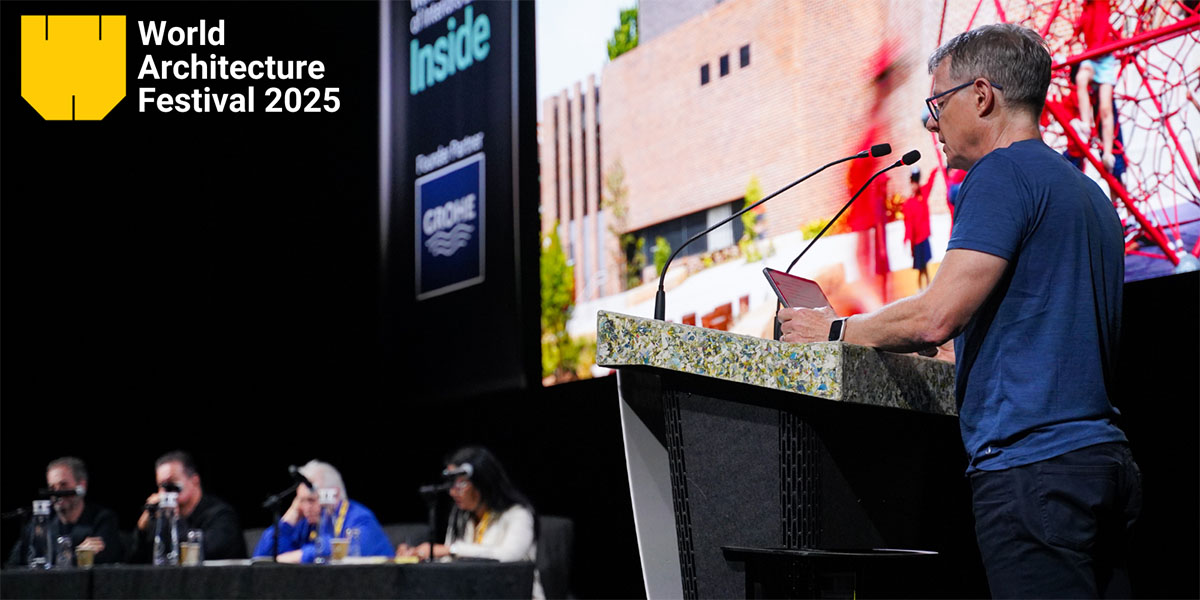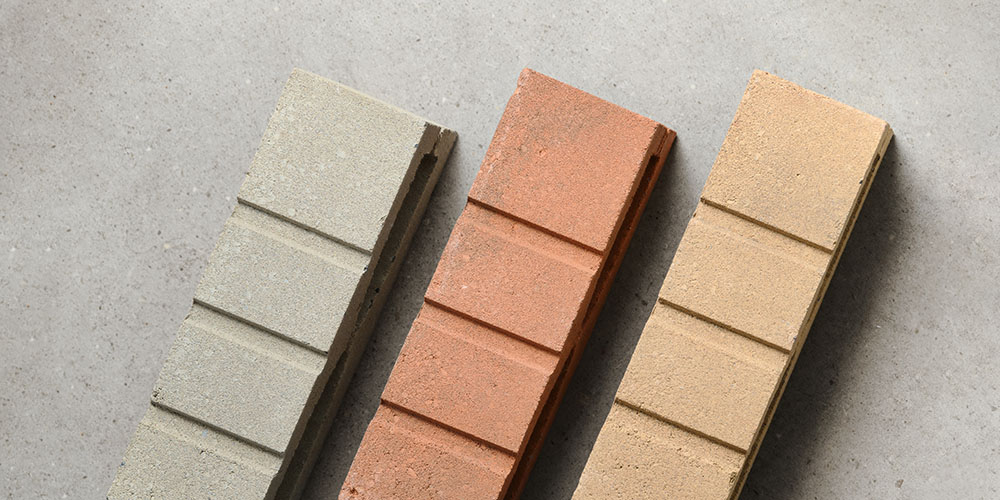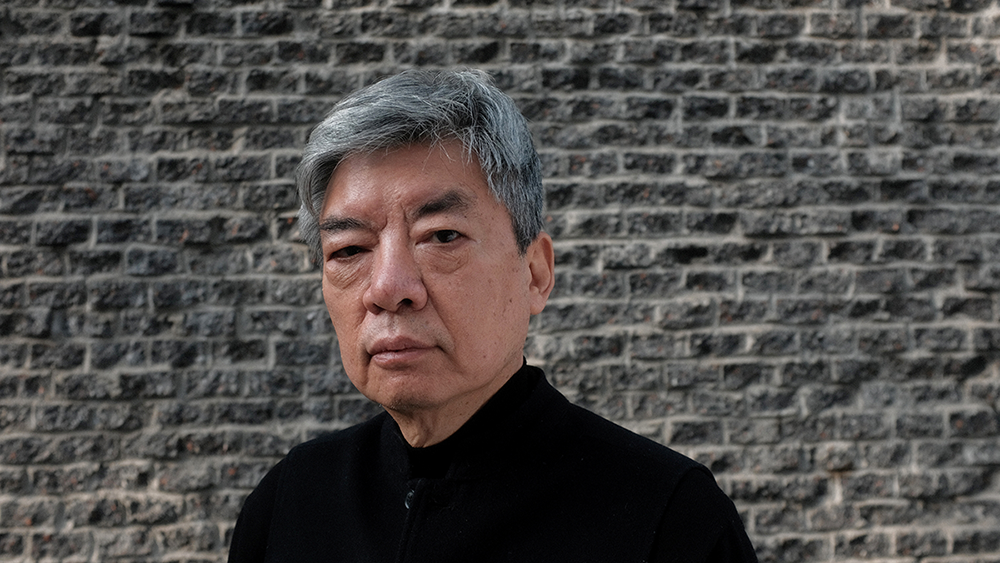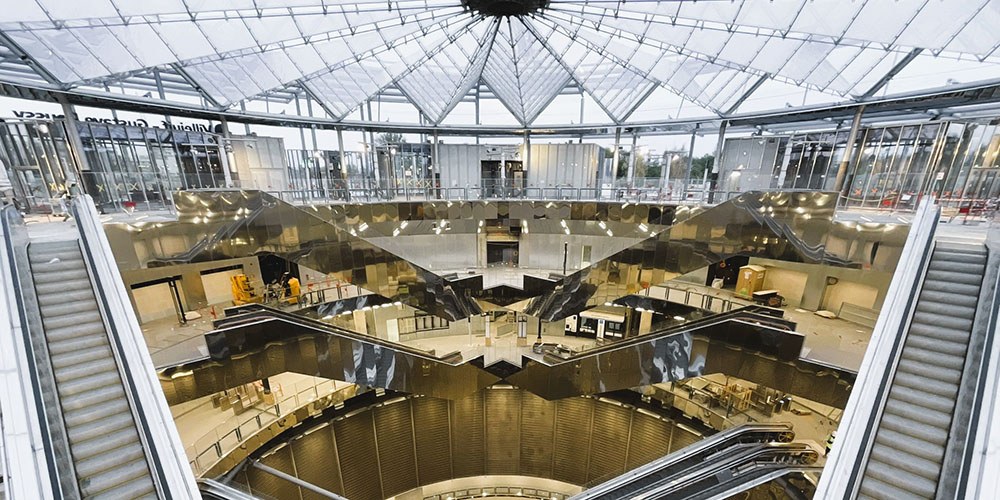Bogen by PietriArchitectes and Link by Triptyque Architecture are the first two residential buildings to be delivered in 2024 for the Les Jetées district. The two buildings provide complementary works for the Town of Huningue, comprising a vertical project (Bogen), tempered by the horizontality of the other residential building (Link). The latter extends over five floors along the park and river, and offers spacious accommodations.
Link is dressed in a structural and oblique grid, with a focus on clarity, luminosity, and transparency. The off-site manufacture of the Lin façade has contributed to the low impact of nuisance for the residents, as well as participating in the overall carbon impact and ensuring the improvement of working conditions for the workers.
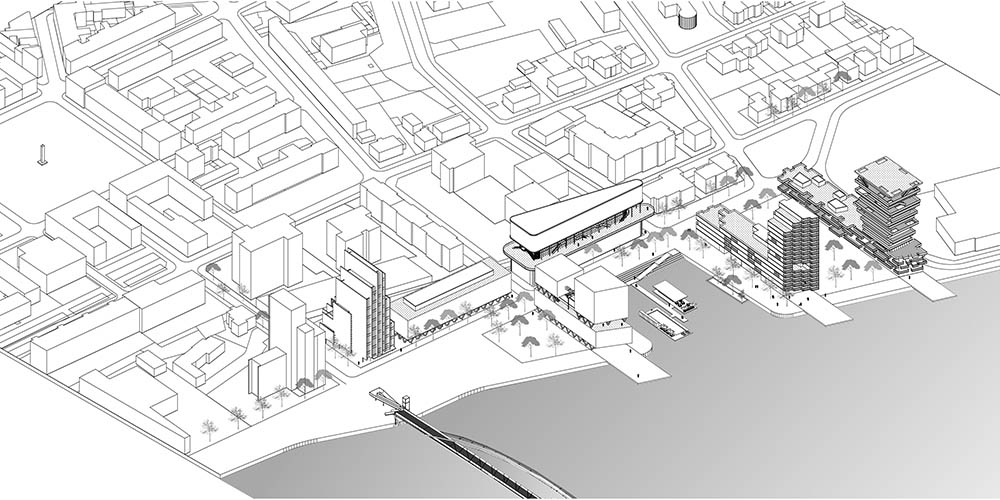
Link was designed by Triptyque, a Franco-Brazilian architecture firm favoring a naturalistic and sensualist approach. The office develops a variety of projects, from housing design to the redefinition of housing policies and the urbanization of neighborhoods.
“Les Jetées”, a project opening the town of Huningue up to the Rhine, both by extending the city center towards the riverbanks, and also intertwining the town and the river. The result is a project that creates a real river district where architecture blends into the landscape to better reveal it.
This mixed real estate project, led by Constructa, combines strong architectural ambition and an exceptional environment at the crossroads of France, Germany, and Switzerland. At the entrance of the Trois Pays footbridge, inaugurated 16 years ago, Les Jetées provides a modern impetus to the city, which was formerly fortified by Vauban.
This project is designed by four French architectural offices: PietriArchitectes, Triptyque Architecture, Nicolas Laisné, and DREAM. The architects were inspired by the town, the river, and Europe to draw a skyline which fits into the natural and urban landscape of the place.
Les Jetées district and architectural ambition
The architectural and landscape design of the project was guided by three main criteria: opening the town of Huningue up to the river by creating a new relationship with the water, integrating the town into the Basel conurbation through an iconic project, and offering an exceptional new place for the residents to live, at the heart of a green land. This omnipresence of nature makes the new district a refuge for biodiversity, which will thus be preserved.
Each building affirms its uniqueness and contributes to the realization of this town project. All buildings meet high environmental standards, aim for the smallest footprint possible, and use materials chosen not only for their aesthetic dimension, but also for their sustainable quality. Les Jetées is contributing to the development of the whole neighborhood: dwellings, a nursery, shops, and co-living.
A specific treatment for the heart of the urban block, as well as for the outdoor spaces and the roofs, ensures the extension of the green area in the district. The dock is the highlight of this new complementary living space. It is therefore a new art of living that takes place on the banks of the Rhine.
Bogen residential building, a lighthouse facing the river in the Les Jetée district
The 16-storey Bogen Tower stands on the Rhine with its architectural bias made of vertical strata, and its balconies with railings made of glass. The high standing building attracts the eye with its sculptural style. With the building’s lines and heights, the inhabited rooms benefit from views over the Rhine, the town, and the territory.
Appearing like a signal tower from “Place Abbatucci” in Huningue, the Trois Pays footbridge naturally leads to it.
The side facade accompanies pedestrians from the city center to the banks, while its largely glazed ground floor accommodates various shops that complete the shopping area and contribute to the creation of many places of living and sharing.
“This tower stands like an arrow, like a flag, to signify a threshold marking an entrance, that of a town, that of a country.” said architect Jean-Baptiste Pietri.
The Les Jetée district has been designed to allow all residents to enjoy the qualities of this exceptional site. All accommodations benefit from a private outdoor space, largely vegetated and designed as a loggia to preserve the privacy of residents. Thus, the offset of the tower blades offers an unobstructed view of every dwelling.
The architectural bias of the project lies in its vertical strata design, and the facade materials contribute to this ambition. The North and South facades are made of white metal cladding.
The inside of the slats features a white coating, and slices of cladding, also white, are positioned vertically.
The West and East facades are dark gray. The glass railings of the balconies play with transparency and show the different views over Les Jetées. The partitions of the apartments are marked by planters with a maximum depth of 60 cm to bring greenery to the tower, reminiscent of the natural environment of the neighborhood by the river.
The structure of the intermediate floors has been designed in a way to form a veritable green grid, rising at a height of 15 meters above the ground, and extending over the entire horizon line. The exterior joinery of the project is in lacquered aluminum, with thermal break for efficient insulation.
The black color was chosen to create a contrast with the white metal cladding, and the parapets are raised to ensure the role of the railings for the North and South facade, protected by white lacquered aluminum copings.
To the North, the Link building by Triptyque is intended to be light, bright, and transparent, echoing the Bogen project by PietriArchitectes.

